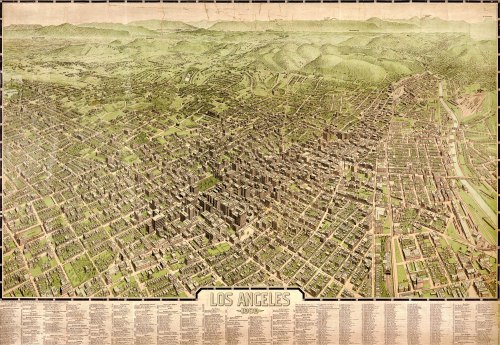The Times has a piece by Mireya Navarro about the Sarkars, a couple in Queens who created an affordable new housing unit in the basement of their home; and how the City of New York responded by forcing them to evict their tenant, dismantle their improvements, and pay penalties in excess of $1,200. In a metropolitan region where the imbalance between wages and housing costs is as extreme and inequitable as it is in New York City, surely local government could find better ways to direct its energy. The article highlights the increasingly mainstream political support for such a case:
Largely written to prevent slum conditions and firetraps, New York’s housing regulations have not kept up with changing cultural norms and increasing financial pressures, some housing experts said. It is, for example, illegal for more than three unrelated adults to live together in New York City. That law is widely broken and infrequently enforced.
For many students and new immigrants, sharing space has long been the most affordable housing option in the city. New economic challenges, the experts said, have spurred even more demand for such arrangements.
Look: Illegal units and other informal living arrangements are part of the natural process of urbanism; they are how towns and cities absorb incremental growth as the population level begins to exceed the existing number of units, and as rents and property values rise accordingly; but before the market pressures become significant enough to support new, denser construction projects. In New York City, neighborhoods of Queen Anne houses in what would become the West Bronx were gradually replaced by large, courtyard-centered apartment buildings that occupied similar footprints but housed far more people. Nevertheless, it would be reasonable to presume that, before the apartments, many of the ostensibly single-family mansions were renting out rooms.

106 Mount Hope Place in the West Bronx, New York City. Source: Google.
Universal Euclidean zoning since World War II, and the stringent building codes that have gone with it, have thwarted the natural process of urban growth, driving it underground. This has caused urban housing supplies to be constrained not only until the market pressure is sufficient to support new development, but until the market pressure is sufficient to create the political pressure that is needed to revise local land use codes. This is particularly challenging because the most established residents in any community — those who own property — will benefit, up to a point, from a shortage, through higher rents and property values. Accordingly, universal zoning has created a much higher bar for initiating the kind of densification process that would actually accommodate demand, and, I believe, it largely explains why housing costs in major US and European metropolitan areas have become astronomical since the 1970s. In addition to the natural price rises resulting from shortages, the chronic constraint of land markets has also turned very small slices of prime urban real estate into exchangeable commodities, adding even more capital to the competition for urban land. This is not all bad, of course, but it is inherently unstable because too much value rests on a stubborn but artificial shortage; and at the same time, it is crushing the supply of affordable housing in several key regions.
The 1970s were a key turning point: In the wake of the post-war suburban exodus, zoning had no tangible effect on urban housing costs, because there was a glut of urban housing units, and the suburbs were being built on cheap rural land. But then, college-educated Baby Boomers began to recolonize urban neighborhoods; the 1968 US immigration law brought the first new global immigrants to American shores; and at approximately the same time, the commutable portions of the heavily-zoned suburbs began to get built out. This is why Mount Laurel was an issue in the 1970s: In a key state, the availability of affordable housing was becoming a problem, and that situation was eroding the balance of economic opportunity that had characterized much of the post-war period for middle-class Americans. The beginning phase of a situation that was viewed as untenable by the New Jersey Court in 1974 has now become the norm in many metropolitan regions. Beginning to accept the growth of neighborhoods that is driven by market demands, and to provide legal normalization for such phenomena, is an important first step toward deflating the artificial housing shortages that are driving inequality and distorting the dynamics of American places whose regional economic strength ought to be the basis for broad-based opportunity, rather than exclusion.




 In a Times piece called “
In a Times piece called “


